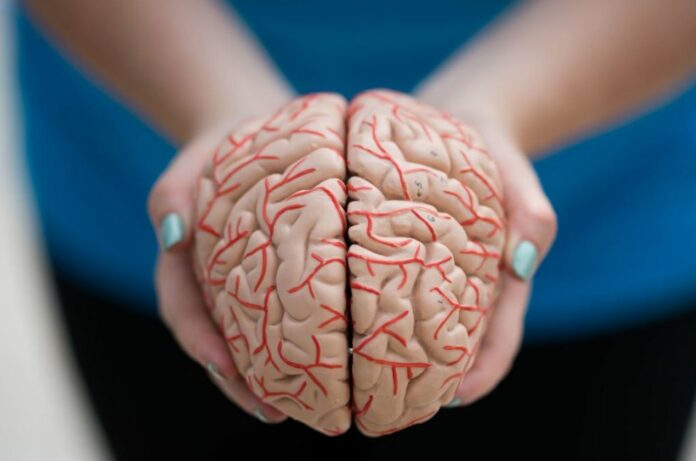Earlier, the only way to know for sure if someone had Alzheimer’s disease (AD) was after they had died. However, recent biomarker investigations have resulted in the development of imaging and spinal fluid tests that can be done on people who are still alive.
The tests can only be used to track advanced disease, distinguishing AD from related conditions. Researchers have now found a biomarker that could help doctors diagnose Alzheimer’s disease (AD) earlier, as a patient moves from mild cognitive impairment to moderate cognitive impairment.
Some researchers studying Alzheimer’s disease biomarkers have focused on tau protein and its gradual changes. These changes, called posttranslational modifications, can make it more likely for the tau protein to clump together, which can cause neurons to die and make it hard to remember things.
Phosphorylation of tau at specific amino acids results in p-tau181 and p-tau217 variants.
Researchers have found that these indicators successfully distinguish AD tissues from those of patients with other neurodegenerative disorders.
Because it’s helpful for doctors to have a lot of biomarkers, Bin Xu, Jerry Wang, Ling Wu, and their colleagues looked for more p-tau biomarkers that could be used to diagnose AD or that might be able to catch it early.
By analysing postmortem brain tissue from AD patients and non-AD people, the researchers were able to pinpoint multiple p-tau indicators exclusively associated with tau aggregation. Many of these biomarkers, including p-tau181 and p-tau217, distinguished AD tissues from controls.
P-tau198 was the only one of these markers that could distinguish Alzheimer’s disease from two other tau-clumping neurodegenerative disorders. Additional tests revealed that p-tau198 was equally efficient in these assays as p-tau181 and p-tau217.
Importantly, both p-tau 198 and p-tau217 could distinguish between older people without the impairment and individuals with MCI, an early symptom of AD, in their brain tissue. Researchers say that there are currently no well-established biomarkers that can be used to diagnose MCI.
So, p-tau198 and p-tau217 could help doctors act quickly when new treatments become available, before there is a lot of damage to the nervous system.
The team also notes that this strategy may be applicable in the search for tau indicators modified in ways other than phosphorylation.
Source: 10.1021/acschemneuro.2c00342
Image Credit: Matthew Horwood/Getty Images
